Home>Articles>How Long Does It Take For Concrete Driveway To Dry
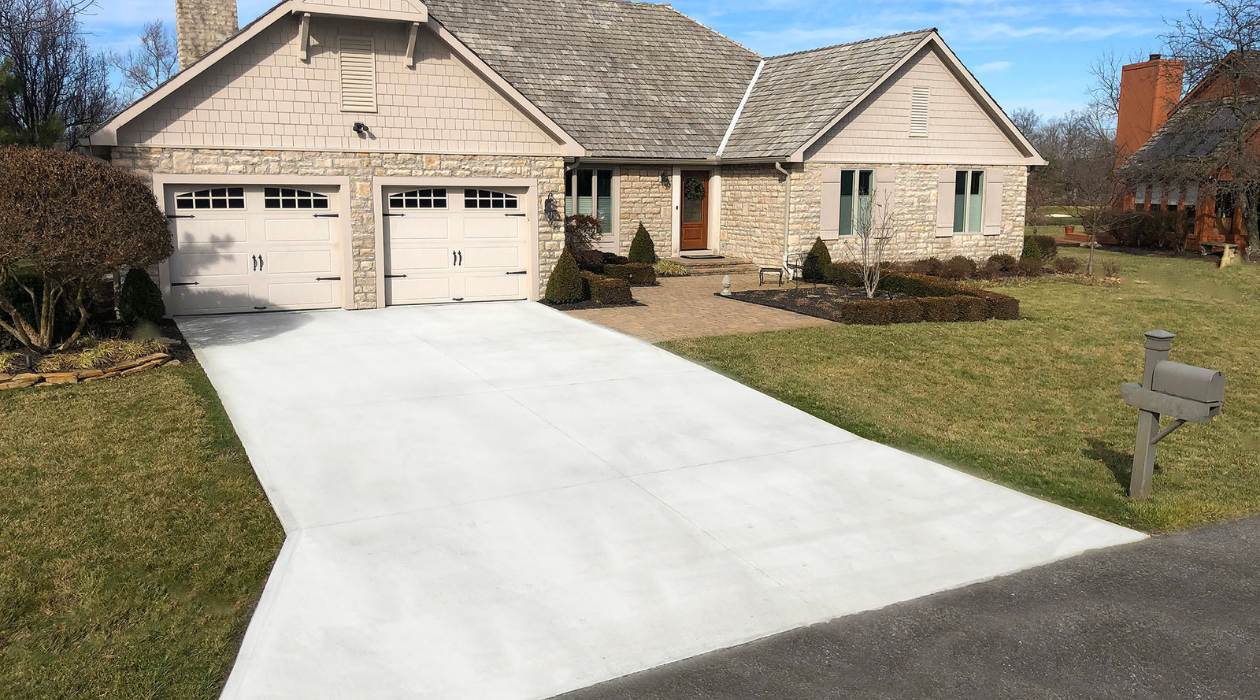

Articles
How Long Does It Take For Concrete Driveway To Dry
Modified: December 7, 2023
Find out how long it takes for a concrete driveway to dry with our informative articles. Learn about the factors that affect drying time and how to expedite the process.
(Many of the links in this article redirect to a specific reviewed product. Your purchase of these products through affiliate links helps to generate commission for Storables.com, at no extra cost. Learn more)
Introduction
A concrete driveway is a valuable addition to any property. It provides a durable and aesthetically pleasing surface for vehicles to drive and park on. However, after the concrete is poured, it needs time to dry and cure properly before it can be used. Understanding how long it takes for a concrete driveway to dry is essential to ensure its longevity and prevent any damage.
The drying time of a concrete driveway can vary depending on several factors, including weather conditions, the thickness of the concrete, and the type of concrete mix used. It’s important to note that concrete drying is a gradual process that involves the evaporation of excess moisture. Rushing the drying process can lead to cracks, reduced strength, and a compromised surface.
In this article, we will explore the different factors affecting the drying time of concrete driveways and provide tips on how to properly care for newly poured driveways. Additionally, we will discuss ideal drying conditions, typical timeframes for drying, and methods to accelerate the drying process.
By understanding the science behind concrete drying and following proper care and maintenance guidelines, you can ensure that your concrete driveway remains in optimal condition for years to come.
Key Takeaways:
- Properly caring for a newly poured concrete driveway is crucial for its longevity. Avoid chemicals, allow sufficient drying time, and apply sealant to maintain its strength and appearance.
- Understanding the factors affecting concrete drying time and creating ideal drying conditions are essential for a durable driveway. Patience, regular monitoring, and professional guidance ensure successful drying and long-term performance.
Read more: How Long Does It Take For A Driveway To Dry
Factors Affecting Drying Time of Concrete Driveways
The drying time of a concrete driveway is influenced by several factors that can either speed up or slow down the evaporation of moisture. It’s crucial to consider these factors to ensure the proper drying and curing of your concrete driveway. Let’s take a closer look at the key factors that can affect the drying time:
- Weather Conditions: Weather plays a significant role in the drying process of concrete. In hot and dry climates, the excess moisture evaporates more quickly, leading to faster drying times. Conversely, in cold or humid conditions, the drying process can be prolonged. Temperature, humidity levels, and air movement all influence how fast the water in the concrete evaporates.
- Concrete Thickness: The thickness of the concrete driveway also affects its drying time. Thicker concrete takes longer to dry since there is more moisture to evaporate. On the other hand, thinner concrete dries relatively faster. It’s essential to consider the recommended thickness for your type of concrete and adjust the drying time accordingly.
- Type of Concrete Mix: The composition of the concrete mix can impact the drying time. Different types of concrete mixes contain varying amounts of cement, aggregates, and admixtures, which can affect the drying characteristics. For example, a concrete mix with a higher cement content may dry faster due to the higher water-cement ratio, while a mix with admixtures for slower drying can extend the drying time.
- Surface Area: The surface area of the driveway can also influence the drying time. Larger surface areas take longer to dry compared to smaller ones because there is more water to evaporate. Additionally, complex or irregular shapes, such as curves or turns, may retain moisture for longer periods, further prolonging the drying process.
- Proper Moisture Content: It’s crucial to ensure that the concrete driveway reaches the appropriate moisture content before it is considered fully dry. Concrete that is too wet can lead to cracks and decreased durability, while concrete that is too dry can result in a weak and brittle surface. Properly measuring and monitoring the moisture content using moisture meters or moisture tests is essential to determine when the concrete is ready for use.
Considering these factors and adjusting your expectations accordingly will help you understand the estimated drying time of your concrete driveway. It’s important to note that drying times can vary, and it’s always better to err on the side of caution and allow the concrete to dry for longer than to rush the process and risk compromising the quality of the driveway.
Ideal Conditions for Concrete Drying
In order to facilitate the proper drying and curing of your concrete driveway, it’s essential to create and maintain ideal conditions. Ideal conditions for concrete drying promote a gradual and uniform evaporation of excess moisture, resulting in a strong and durable driveway. Here are some key elements to consider:
- Temperature: The temperature plays a crucial role in concrete drying. The ideal temperature range for optimal drying is between 50°F (10°C) and 90°F (32°C). Higher temperatures can accelerate the drying time, but extreme heat can cause rapid evaporation, leading to surface cracks. On the other hand, very low temperatures can slow down the drying process significantly.
- Humidity: Humidity levels influence the drying time of concrete. Lower humidity allows moisture to evaporate more rapidly, expediting the drying process. In contrast, high humidity can hinder the evaporation of moisture, prolonging the drying time. It’s best to choose dry and low-humidity days for pouring and drying your concrete driveway.
- Air Movement: Adequate air movement helps promote the evaporation of moisture from the concrete surface. Gentle breezes or the use of fans can help facilitate the drying process. However, it’s important to avoid excessive wind, as it can cause rapid drying and increase the risk of surface cracks.
- Sunlight: Sunlight can provide natural warmth and facilitate the drying of concrete. If possible, expose the newly poured concrete driveway to sunlight during the drying process. However, be cautious of extreme heat, as it can cause rapid evaporation and potential cracking.
- Protection from Rain and Moisture: To ensure the best drying conditions, it’s crucial to protect the concrete driveway from rain and excess moisture during the curing process. Use plastic sheets or tarps to cover the driveway and prevent water from seeping into the concrete. This will help maintain the ideal moisture balance and prevent any delays or complications in the drying process.
By creating and maintaining these ideal conditions, you can optimize the drying time of your concrete driveway. Remember to monitor the progress regularly and adjust the drying time as necessary, considering the specific environmental conditions.
Typical Timeframes for Concrete Driveway Drying
The drying time of a concrete driveway can vary depending on several factors, as we have discussed. While it is difficult to provide an exact timeframe, there are some general guidelines to consider. These timeframes are estimates and can vary based on the specific conditions and circumstances. It’s always best to consult with a professional concrete contractor for accurate drying time estimations. Here are some typical timeframes for concrete driveway drying:
- Initial Setting Time: After pouring the concrete, it goes through an initial setting period, also known as the “green” stage. During this stage, the concrete starts to harden, allowing it to support light foot traffic without causing any damage. This typically occurs within 8 to 12 hours after pouring, but it’s important to check the specific recommendations of the concrete mix being used.
- Surface Drying: Within 1 to 3 days after pouring, the surface of the concrete driveway will start to dry. It is important to note that even though the surface may appear dry, the underlying layers may still contain moisture. Avoid applying heavy loads or driving vehicles on the driveway during this stage to prevent any premature damage or cracking.
- Use For Light Foot Traffic: After approximately 7 days, the concrete driveway reaches a significant level of hardness and strength, allowing for light foot traffic. This means you can walk on the driveway without causing any significant damage. However, it is still important to use caution and avoid dragging or sliding heavy objects on the surface.
- Full Curing and Maximum Strength: It takes about 28 days for concrete to fully cure and reach its maximum strength. During this time, the moisture within the concrete gradually evaporates, resulting in a stronger and more durable surface. It is important to avoid heavy loads, vehicle traffic, and excessive stress on the concrete driveway during this curing period to prevent any potential damage.
These are general timeframes and can vary based on factors such as weather conditions, temperature, humidity, and the thickness of the concrete. It’s essential to monitor the drying progress regularly and consult with a professional concrete contractor for specific recommendations based on your unique situation.
It typically takes about 7 days for a concrete driveway to fully dry and cure. During this time, it’s important to keep the surface moist to prevent cracking and ensure a strong, durable finish.
Accelerating Concrete Drying Process
While it’s important to allow sufficient time for concrete to naturally dry and cure, there are certain methods you can use to accelerate the drying process under certain circumstances. These methods should only be employed in specific situations and under the guidance of a professional concrete contractor. Here are some techniques that can help speed up the concrete drying process:
- Heat Application: Applying gentle heat to the concrete surface can help increase the evaporation rate of moisture. This can be done using radiant heaters or propane-fueled heaters. However, it’s important to avoid applying excessive heat, as it can cause rapid drying and potentially lead to surface cracks. Maintain a controlled and uniform temperature to prevent any thermal shock to the concrete.
- Dehumidifiers and Fans: Utilizing dehumidifiers and fans can help remove excess moisture from the surrounding air, promoting faster drying. Place industrial-grade dehumidifiers and fans strategically around the concrete driveway to enhance air circulation and facilitate the evaporation process. This method is particularly useful in high-humidity environments.
- Concrete Sealers: Applying a high-quality concrete sealer can help accelerate the drying process by minimizing moisture evaporation from the surface. The sealer forms a protective barrier, preventing the penetration of water into the concrete. It’s important to choose a sealer specifically designed for curing purposes and follow the manufacturer’s instructions for application and drying time.
- Concrete Additives: Certain concrete additives, such as accelerators, can be used during the mixing process to speed up the setting and drying time. These additives chemically react with the cement, accelerating the hydration process. However, it’s crucial to consult with a professional concrete contractor to determine the appropriate type and dosage of additives to use.
- Moisture Testing: Regularly monitoring the moisture content of the concrete using moisture meters or moisture tests can help determine the progress of the drying process. This allows you to make informed decisions regarding when it is safe to proceed with the next steps, such as applying sealers or allowing vehicle traffic on the driveway.
Remember, while these methods can help accelerate the drying process, it’s essential to exercise caution and consult with a professional concrete contractor to ensure that the techniques are applied correctly and do not compromise the quality and integrity of the concrete driveway.
Read more: How Long Does A Concrete Patio Take To Dry
Monitoring Concrete Drying Progress
Monitoring the drying progress of your concrete driveway is crucial to ensure that it is properly drying and curing. By regularly assessing the moisture content and following the recommended guidelines, you can prevent potential issues and ensure the longevity of your driveway. Here are some tips for effectively monitoring the concrete drying progress:
- Moisture Testing: Utilize moisture meters or moisture tests to measure the moisture content of the concrete. These tools provide accurate readings and help you determine when the concrete is drying at an appropriate rate. Follow the manufacturer’s instructions to conduct the tests and interpret the results.
- Surface Appearance: Observe the surface of the concrete driveway for signs of moisture. A damp or wet appearance indicates that the concrete is still in the drying process. Once the surface appears uniformly dry and there are no visible traces of moisture, it may be an indication that the concrete has reached an acceptable drying stage.
- Tackiness Test: Perform a tackiness test by lightly pressing your hand or a sticky note onto the surface of the concrete. If it feels sticky or leaves behind residue, it indicates that the concrete is not completely dry. However, if it feels dry and no residue is left, it may indicate that the concrete has reached an acceptable level of dryness.
- Observation of Cracks: Inspect the concrete surface for any cracks or shrinkage. Rapid drying or inadequate moisture content can cause cracking. If you notice any cracks forming, especially deep or wide ones, it may indicate that the drying process needs to be slowed down to prevent further damage.
- Consult with a Professional: When in doubt, consult with a professional concrete contractor. They have the expertise and experience to assess the drying progress accurately. They can conduct more in-depth evaluations using advanced tools, such as moisture probes, to analyze the moisture content at different depths of the concrete.
Regularly monitoring the drying progress of your concrete driveway allows you to take appropriate actions based on the specific conditions. It’s important to be patient and allow the necessary time for the concrete to fully dry and cure. Rushing the process can lead to structural issues and decrease the overall durability of the driveway.
Remember to follow industry guidelines, manufacturer recommendations, and consult with professionals to ensure that your concrete driveway dries properly and remains in excellent condition for years to come.
Tips for Properly Caring for Newly Poured Concrete Driveways
Caring for your newly poured concrete driveway is essential to ensure its longevity and maintain its appearance. By following proper care guidelines, you can minimize damage, prevent cracks, and keep your driveway in excellent condition. Here are some tips for properly caring for your newly poured concrete driveway:
- Allow Sufficient Drying Time: Patience is key when it comes to caring for a newly poured concrete driveway. Avoid using the driveway for heavy traffic or parking vehicles until it has fully dried and cured. Follow the drying timeframes provided by your contractor and resist the urge to rush the process.
- Avoid Chemicals: During the first month after installation, avoid using deicing chemicals, such as rock salt, on your concrete driveway. These chemicals can damage the surface and cause spalling or scaling. Instead, use alternative methods for removing ice and snow, such as using sand or non-corrosive deicers labeled as safe for concrete.
- Regular Cleaning: Keep your concrete driveway clean by regularly removing debris, dirt, and oil stains. Use a broom or a mild detergent solution to sweep and rinse off the surface. Avoid using harsh chemicals or pressure washers, as they can damage the concrete. If there are oil stains, use an oil stain remover specifically designed for concrete surfaces.
- Prevent Water Accumulation: Ensure that water does not accumulate on the surface of the concrete driveway. Proper drainage is essential to prevent water from seeping into the concrete and causing potential damage. Clear any clogged drains or gutters that may lead to water pooling on the driveway.
- Protect the Surface: Place plywood or rubber mats on the concrete driveway when parking heavy objects or vehicles with sharp edges to prevent indentations or surface damage. Avoid dragging heavy objects or using metal tools directly on the concrete surface, as they can leave scratches or marks.
- Apply sealant: Applying a high-quality concrete sealer can help protect your driveway from staining, UV damage, and moisture penetration. Sealants should be applied once the concrete has fully cured, usually around 28 days after the pour. Follow the manufacturer’s instructions for application and reapplication timelines.
- Address Cracks and Repairs: Address any cracks or damages as soon as they appear. Small cracks can quickly escalate if left unattended, leading to more significant issues. Consult with a professional concrete contractor to assess the cracks and determine the appropriate repair method.
- Regular Inspections: Conduct regular visual inspections of your concrete driveway to identify any early signs of deterioration or damage. Look for surface cracks, scaling, spalling, or uneven settling. Promptly address any concerns to prevent further damage.
By following these tips and properly caring for your newly poured concrete driveway, you can ensure its long-term durability and maintain its visual appeal. Regular maintenance and proactive measures will extend the lifespan of your driveway and minimize the need for costly repairs in the future.
Conclusion
A well-maintained and properly cared for concrete driveway can enhance the curb appeal of your property and provide a durable surface for your vehicles. Understanding the factors that affect the drying time of concrete driveways, creating ideal drying conditions, and following proper care and maintenance guidelines are all essential for its long-term longevity.
Factors such as weather conditions, concrete thickness, type of concrete mix, surface area, and moisture content all influence the drying time of a concrete driveway. It’s important to consider these factors and adjust your expectations accordingly to ensure successful drying and curing.
Ideal conditions for concrete drying include controlling temperature, humidity, air movement, and protecting the concrete from rain and excessive moisture. By maintaining these conditions, you can optimize the drying time and avoid potential issues such as cracking or weakened structural integrity.
While it’s best to allow concrete driveways to naturally dry and cure over time, there are methods to accelerate the drying process, such as applying heat, using dehumidifiers, or using concrete sealers. However, it’s crucial to consult with professionals and exercise caution when employing these techniques to avoid damaging the concrete.
Monitoring the concrete drying progress through moisture testing, surface appearance, crack inspection, and professional consultations is essential for ensuring that the driveway is drying at an appropriate rate and without any complications. Patience and regular assessment are key to maintaining the quality of your concrete driveway.
Proper care for newly poured concrete driveways includes allowing sufficient drying time, avoiding chemicals, regular cleaning, preventing water accumulation, protecting the surface, applying sealant, and addressing cracks or damages promptly. By following these care guidelines, you can preserve the strength, appearance, and functionality of your concrete driveway for years to come.
In conclusion, understanding the drying process and implementing proper care and maintenance practices are vital for the longevity and performance of your concrete driveway. By taking the time to manage these factors and following the recommended guidelines, your concrete driveway will provide a durable and attractive surface that enhances the value and functionality of your property.
Frequently Asked Questions about How Long Does It Take For Concrete Driveway To Dry
Was this page helpful?
At Storables.com, we guarantee accurate and reliable information. Our content, validated by Expert Board Contributors, is crafted following stringent Editorial Policies. We're committed to providing you with well-researched, expert-backed insights for all your informational needs.
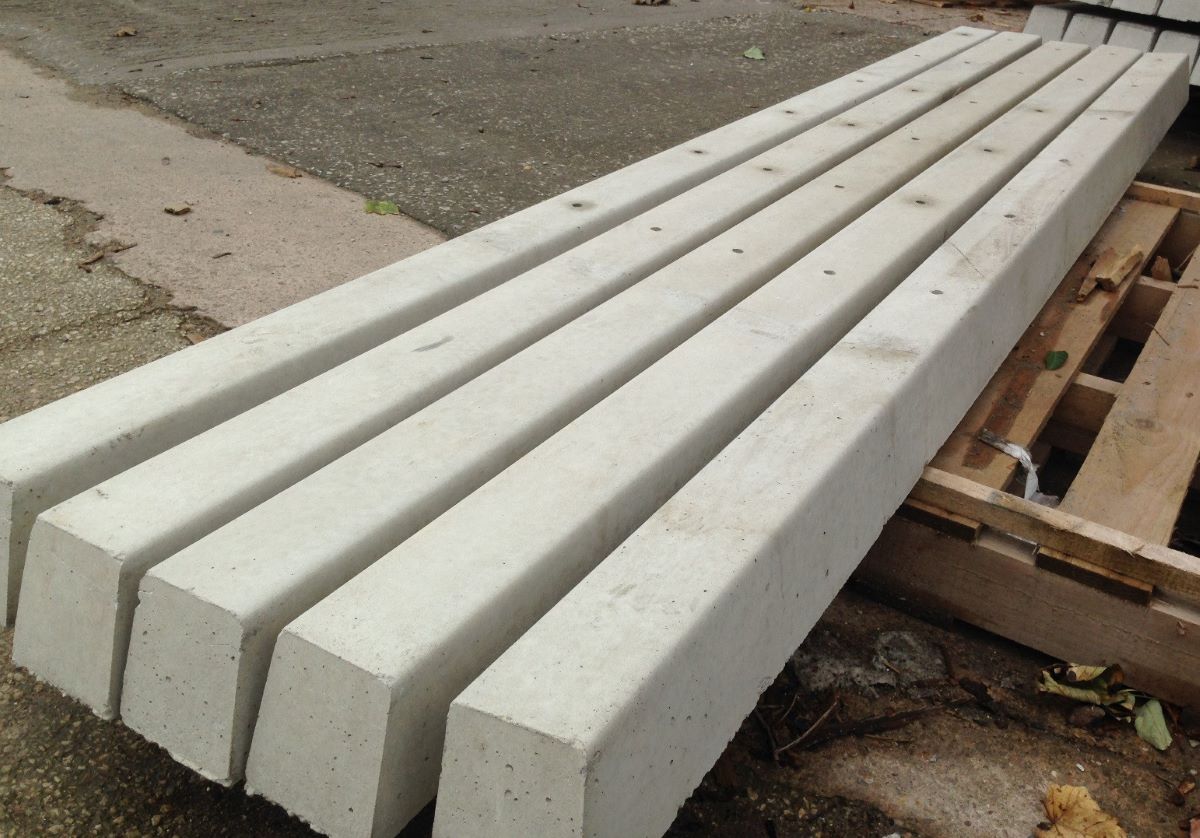
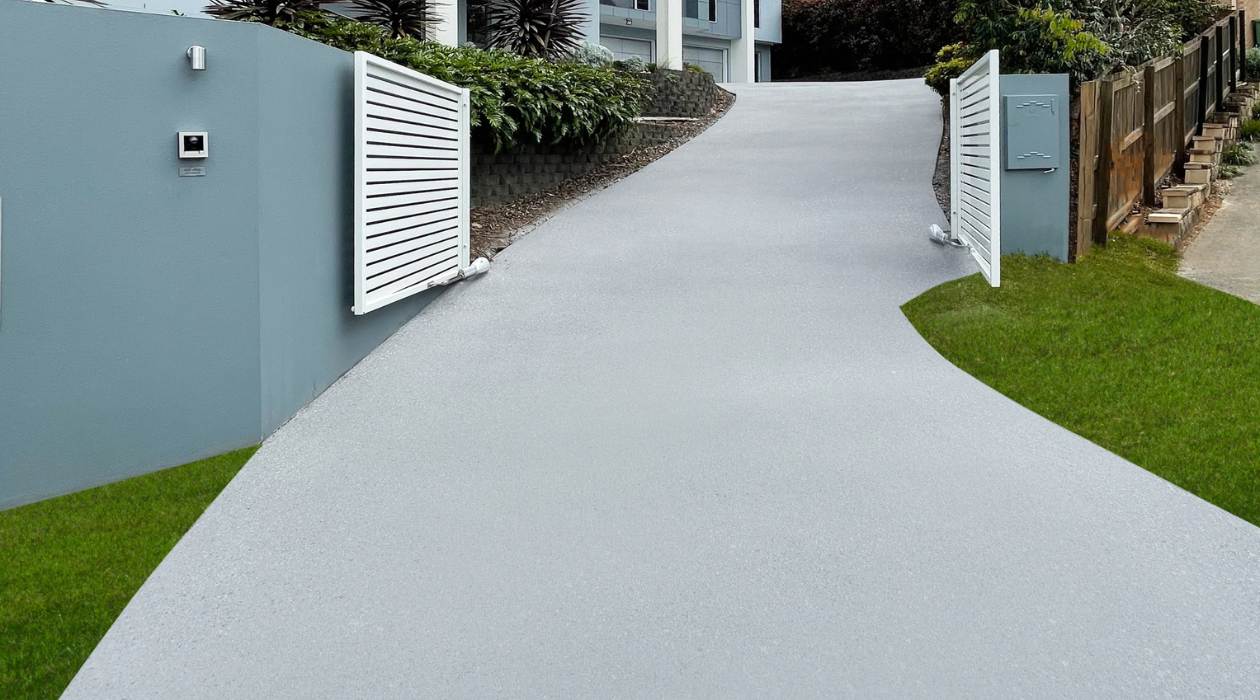

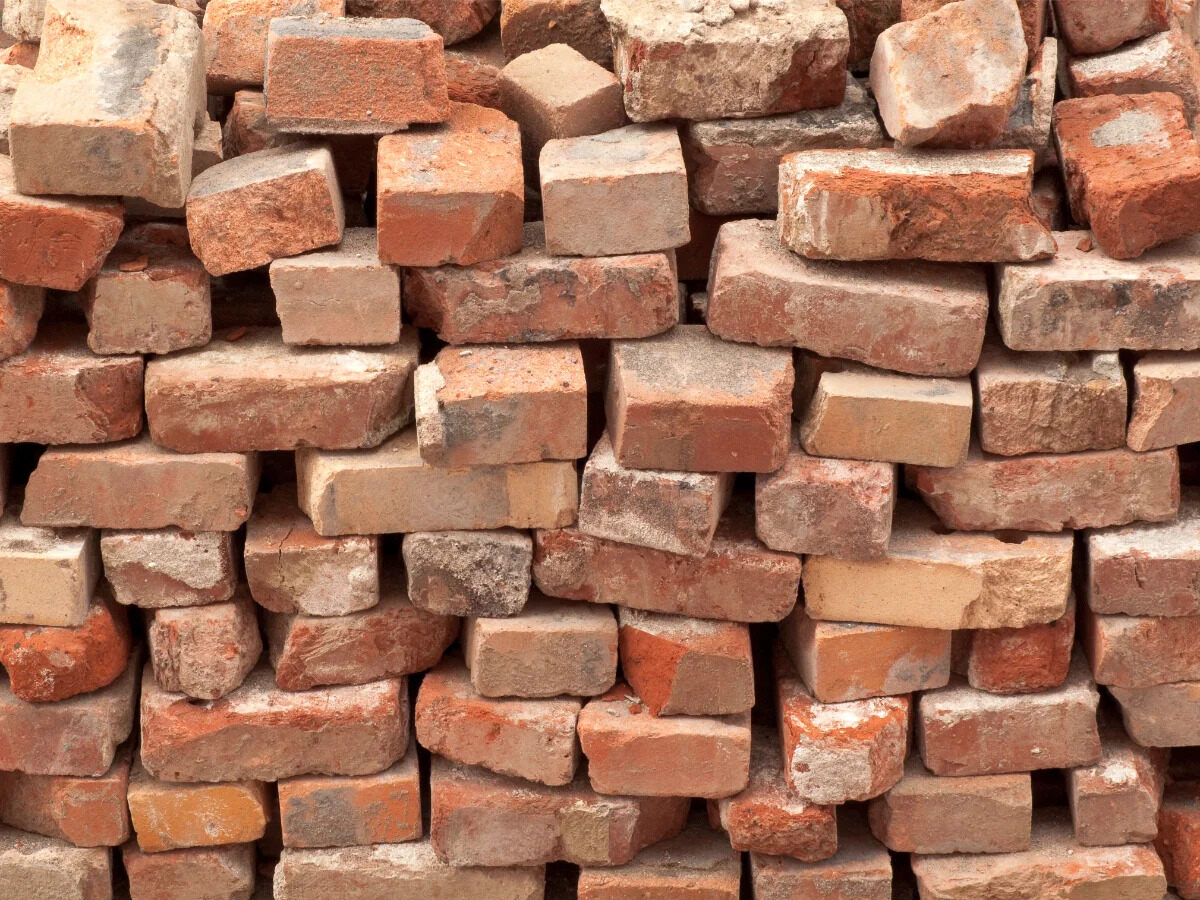
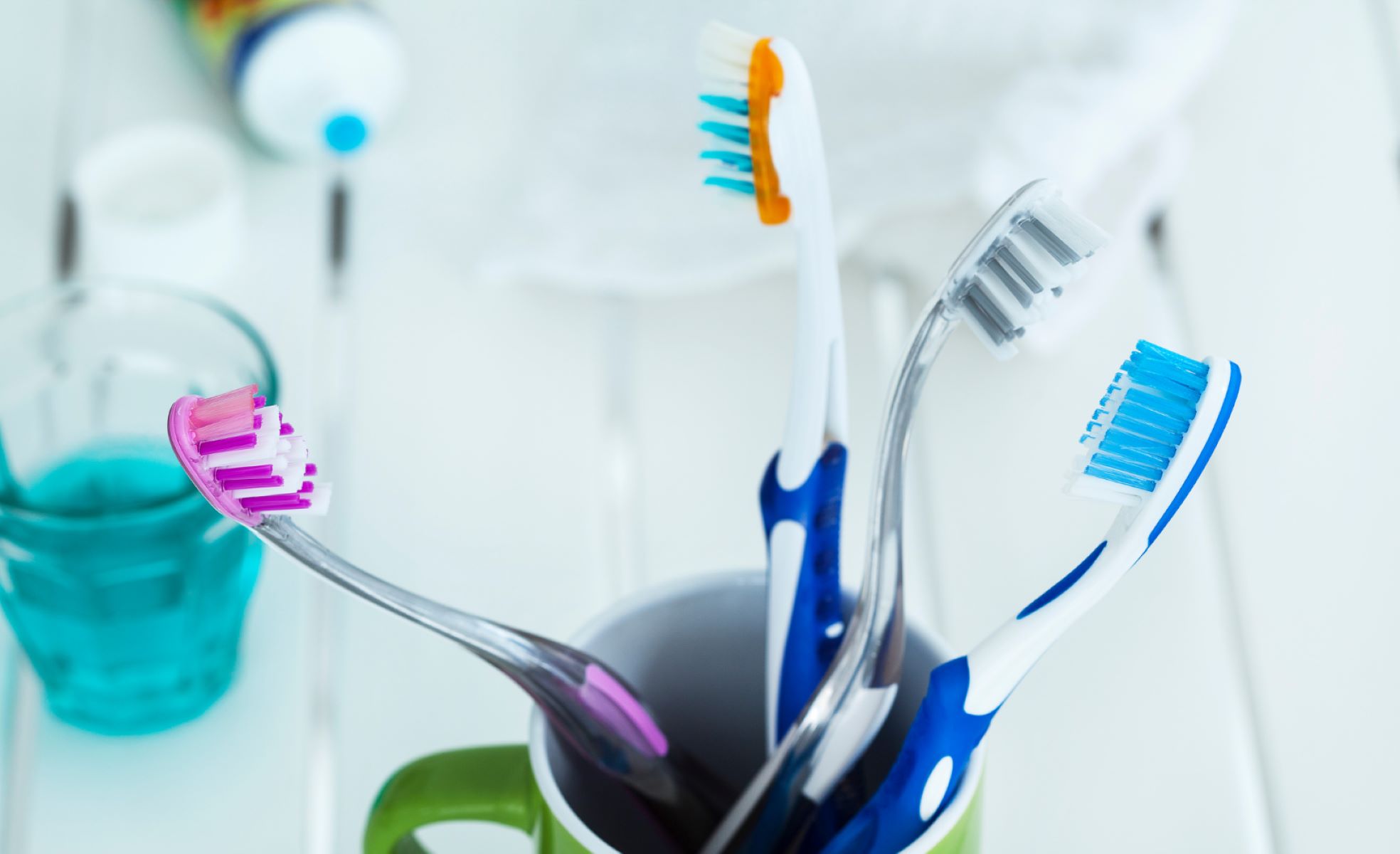
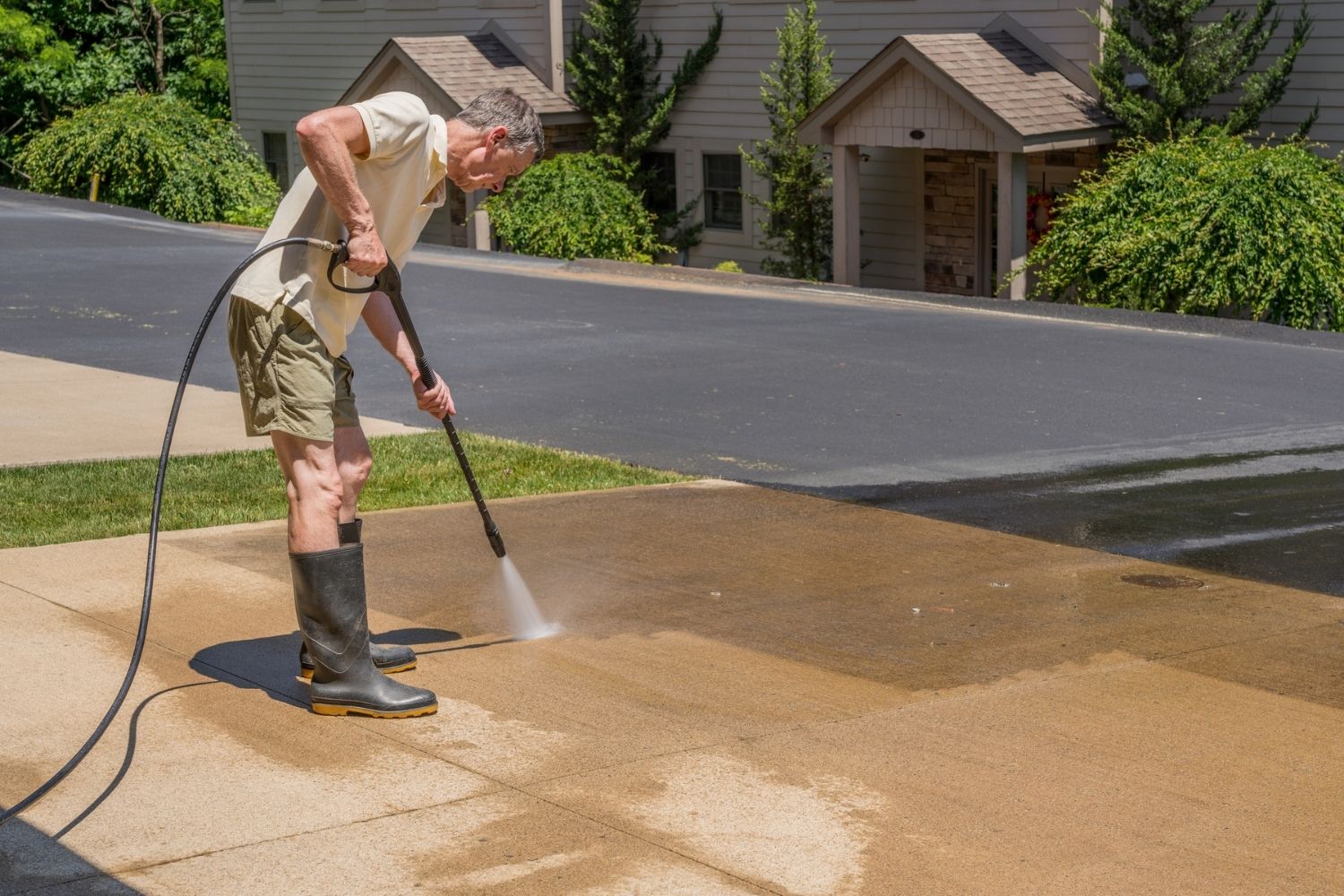
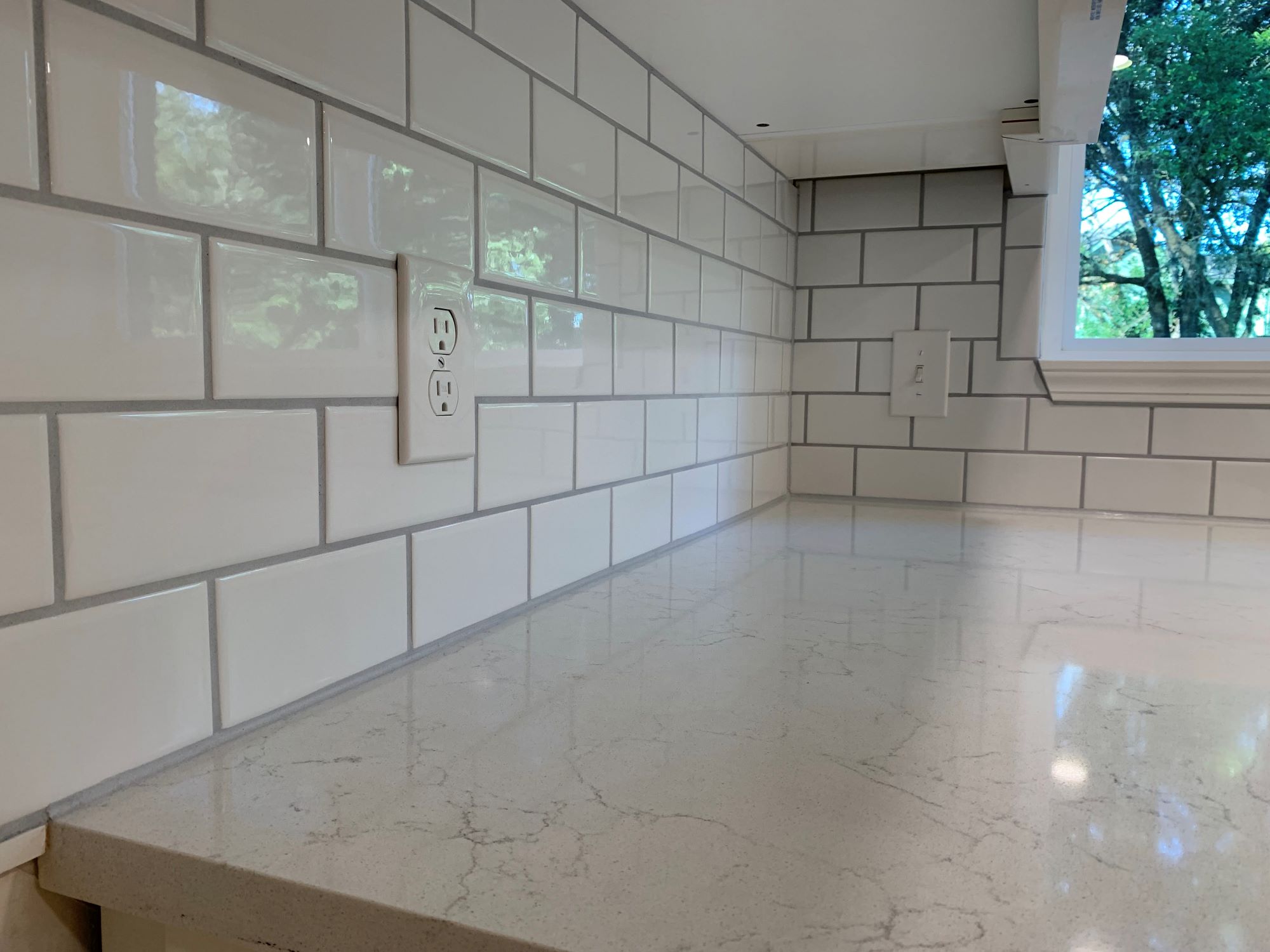
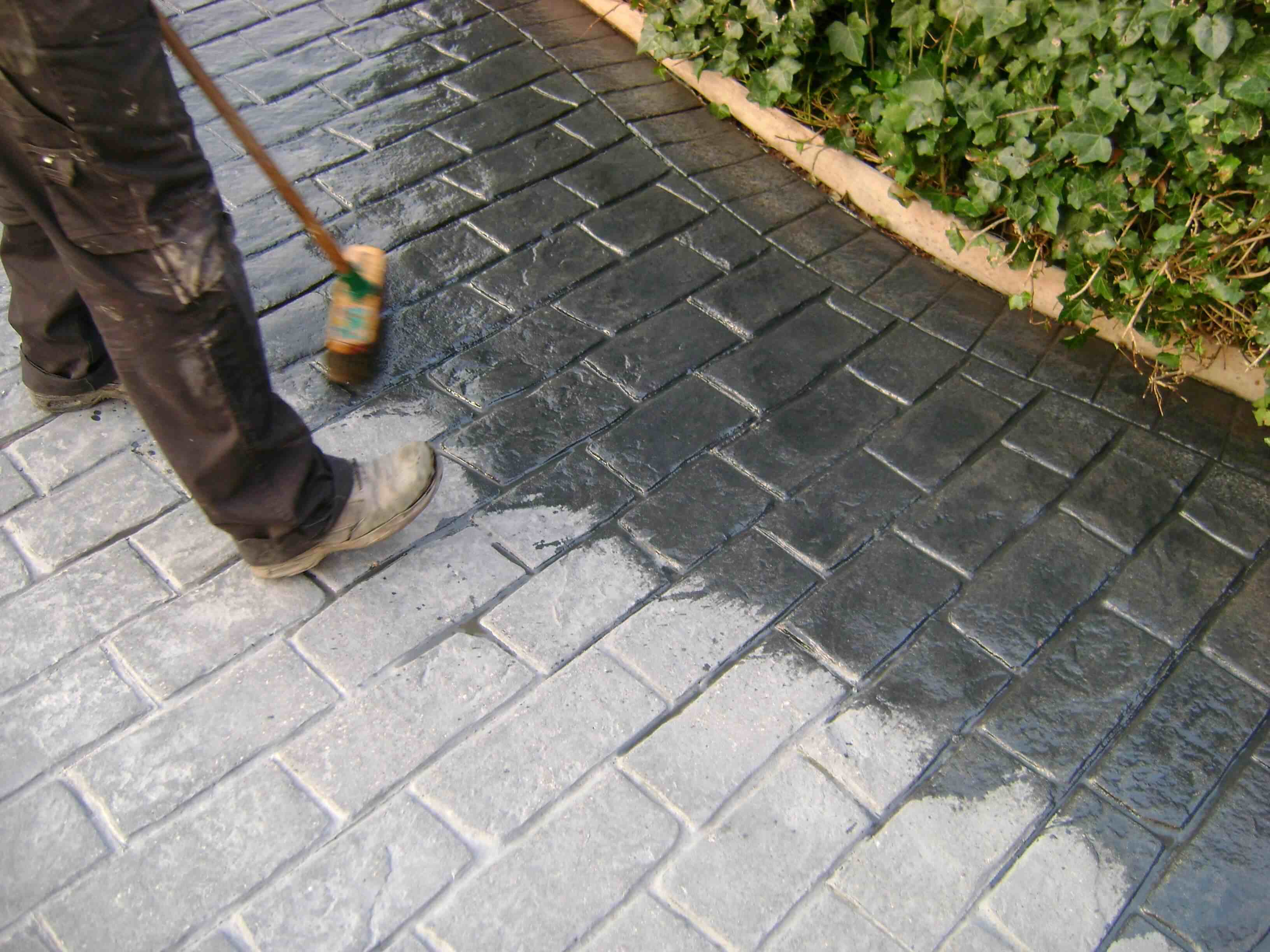
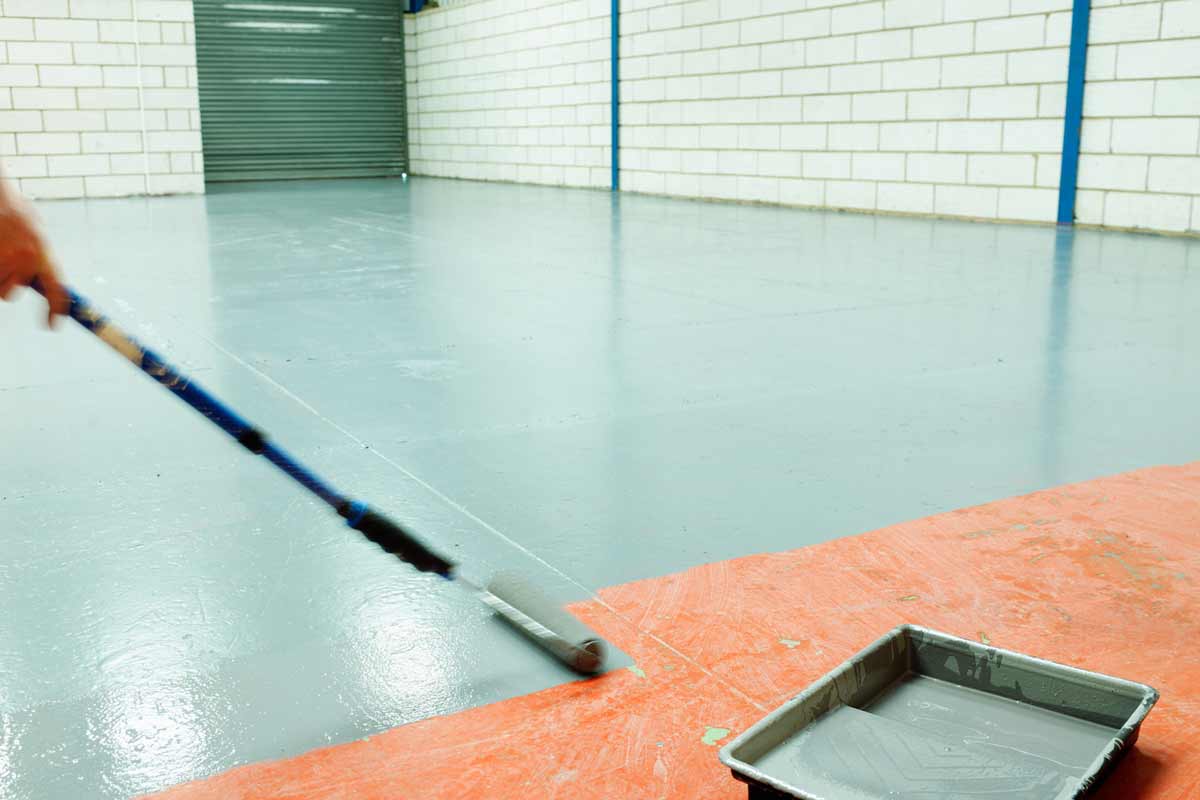
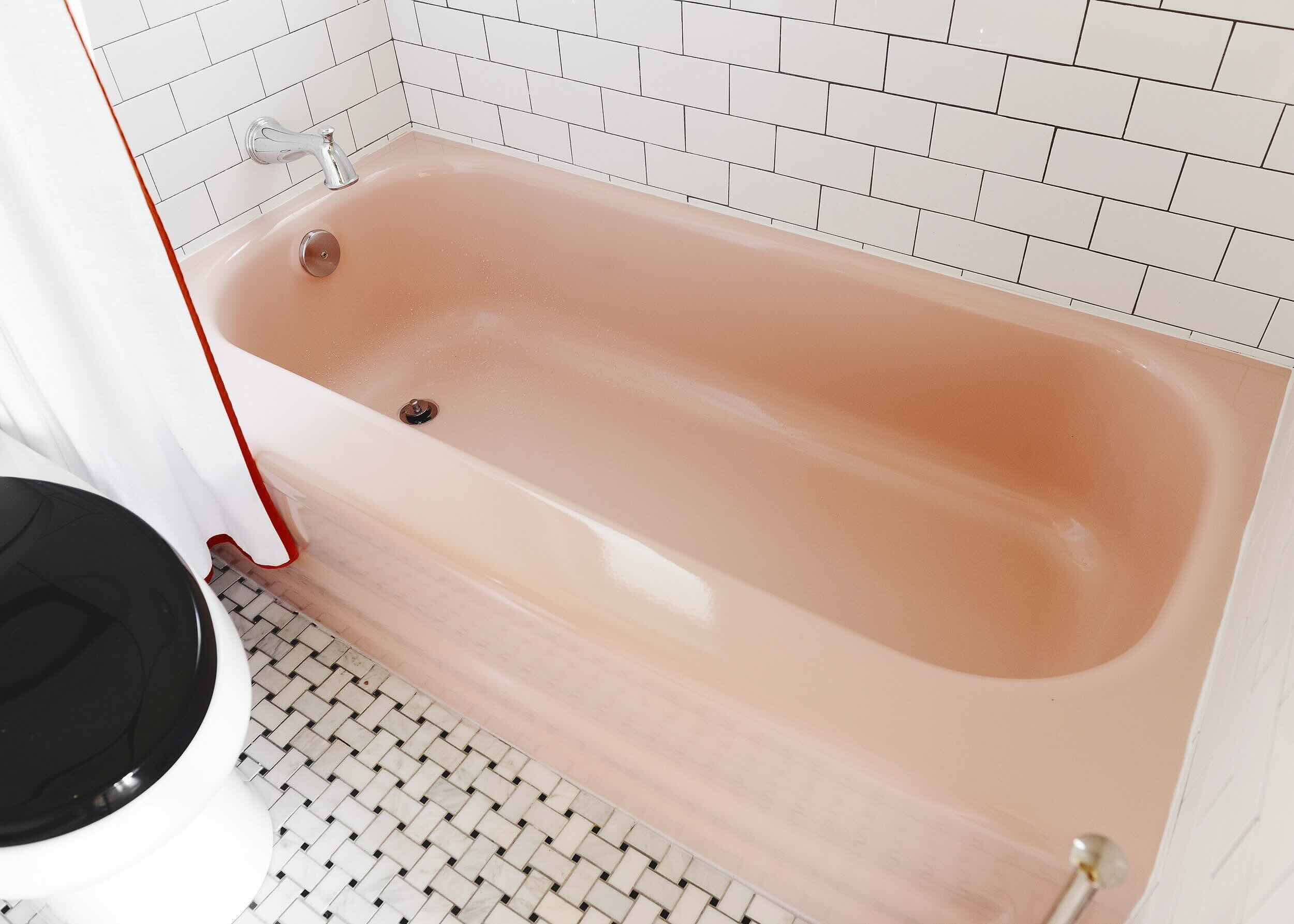
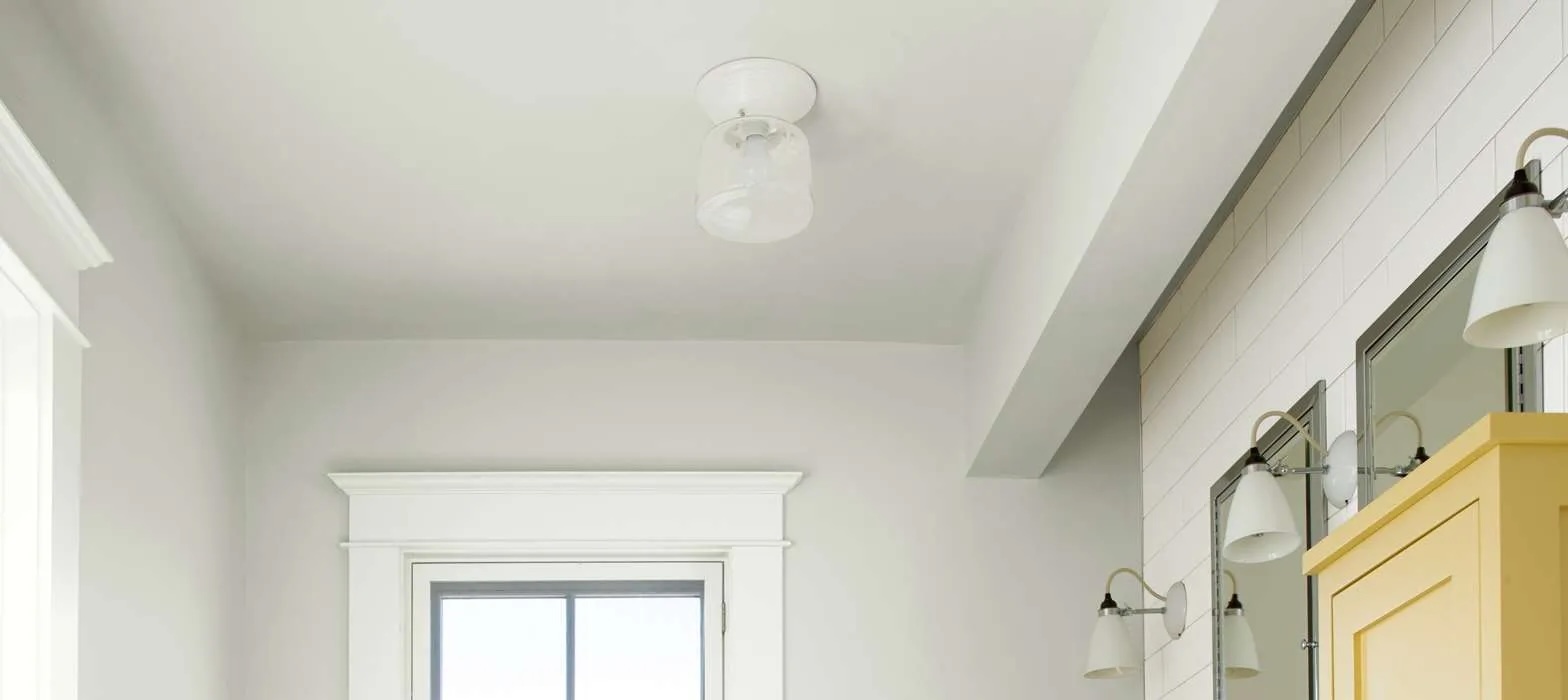
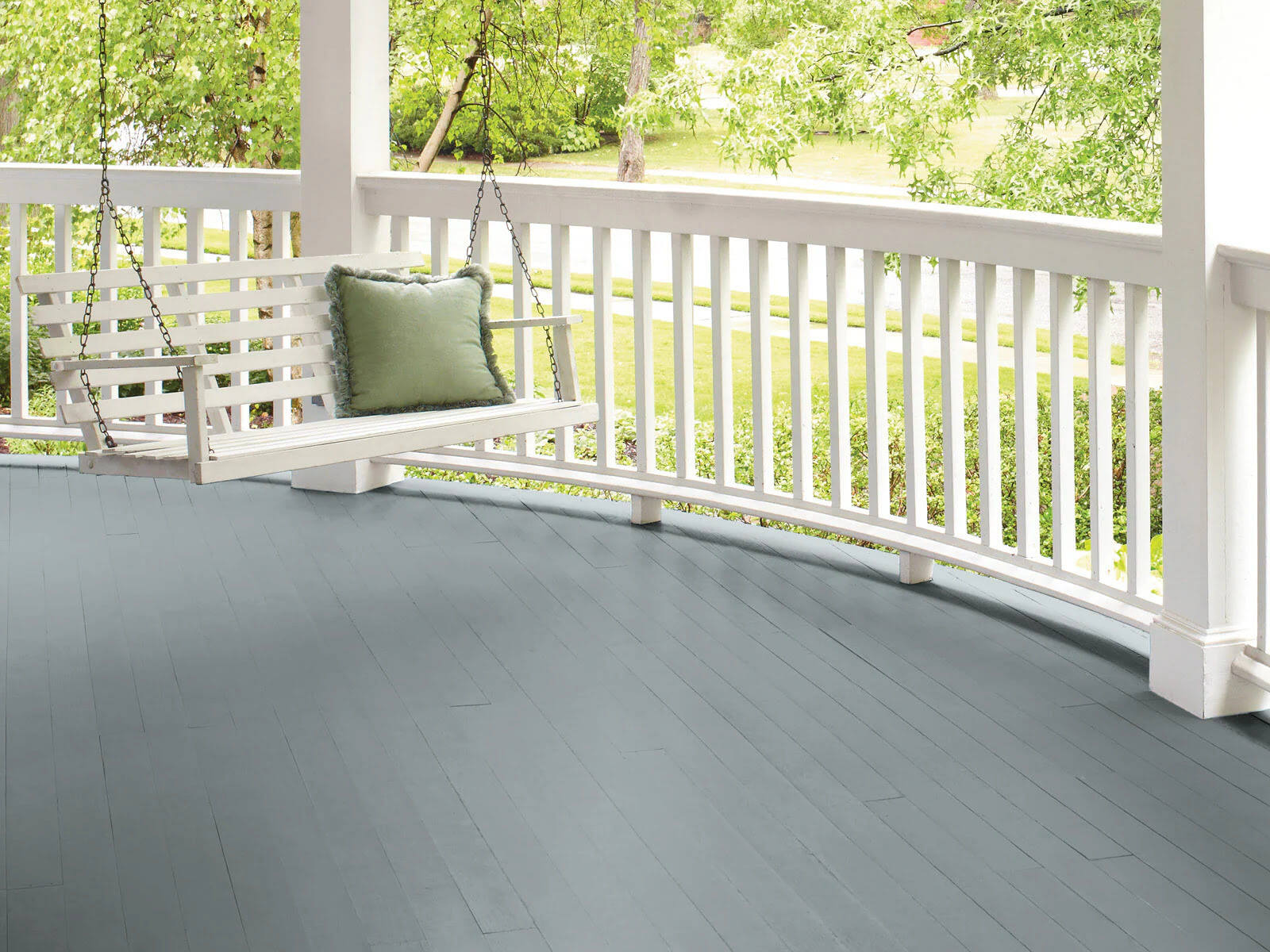



0 thoughts on “How Long Does It Take For Concrete Driveway To Dry”